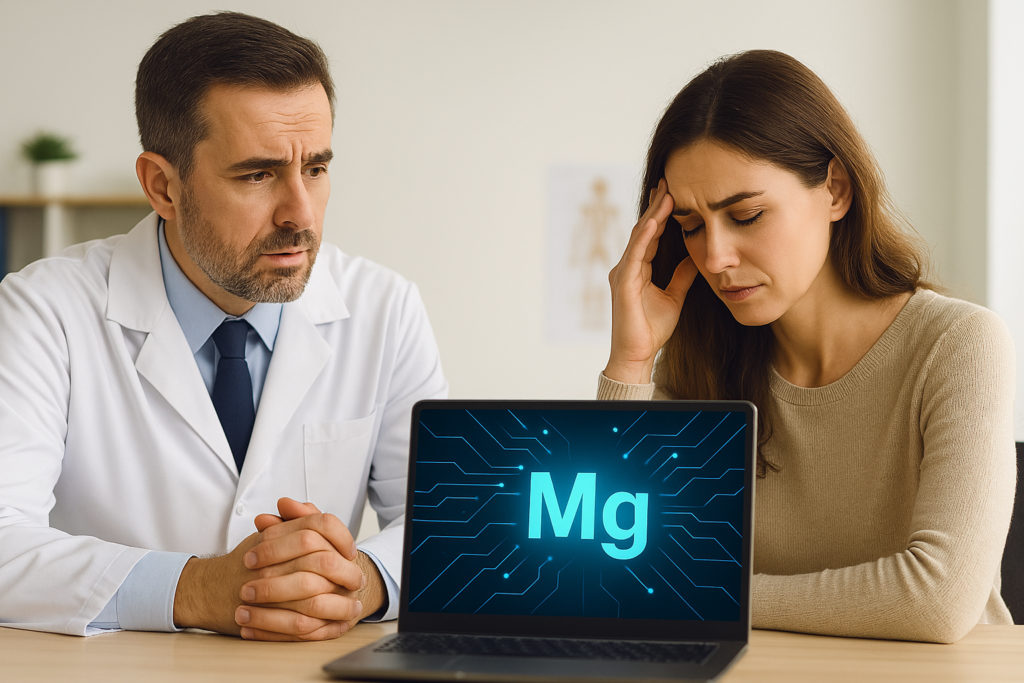Now Reading: Top 10 Nutrition and Exercise Questions—What Health Experts Want You to Know
-
01
Top 10 Nutrition and Exercise Questions—What Health Experts Want You to Know
Top 10 Nutrition and Exercise Questions—What Health Experts Want You to Know

With so much information out there about nutrition and fitness, it’s easy to feel overwhelmed. Should you exercise every day? Is weight loss only about calories? What’s the best way to fuel your body after a workout?
We get it—living a healthy lifestyle can feel complicated. That’s why we’ve broken down expert-backed answers to the top nutrition and exercise questions in a way that’s simple, practical, and easy to follow. Whether you’re just starting your health journey or tweaking an already active routine, this guide will help you stay on track.
1. How often should I exercise each week?
According to the American Heart Association, adults should aim for at least 150 minutes of moderate-intensity exercise (like brisk walking) or 75 minutes of vigorous exercise (like running) per week.
That breaks down to about:
- 30 minutes a day, five days a week (moderate intensity)
- Or 25 minutes a day, three days a week (vigorous intensity)
Don’t have time for a full workout? No problem. Even short 10-minute sessions throughout the day can add up. The key is to keep moving!
Weekly Exercise Recommendations
| Exercise Intensity | Duration per Week | Suggested Frequency |
|---|---|---|
| Moderate | 150 minutes | 5 days/week (30 min/session) |
| Vigorous | 75 minutes | 3 days/week (25 min/session) |
2. What’s the best diet for weight loss?
This question pops up all the time. Keto, Paleo, Mediterranean… which one’s best? Truth is, there’s no magical one-size-fits-all diet. But experts agree on a few timeless principles:
- Eat mostly whole foods like fruits, vegetables, whole grains, and lean protein
- Limit refined sugars and processed foods
- Create a calorie deficit—burning more calories than you take in
Weight loss really boils down to balance and consistency. And yes, you can enjoy treats in moderation!
3. Should I eat before or after a workout?
Both, depending on what you’re doing. Think of food as fuel.
- Before a workout: A small snack (like a banana or piece of toast with peanut butter) 1–2 hours before gives you energy without feeling too full.
- After a workout: Focus on protein and carbs—your body needs them to rebuild muscle and replenish glycogen stores. A smoothie with Greek yogurt and berries works great.
4. What nutrients should I focus on when working out regularly?
When you’re active, your body has higher nutrient demands. Here’s what to prioritize:
- Protein – Helps muscle recovery and growth
- Carbohydrates – Main source of exercise energy
- Healthy fats – Crucial for long-lasting fuel
- Water – Keeps you hydrated (yes, it’s a nutrient!)
- Electrolytes – Important when sweating a lot (like sodium, potassium, and magnesium)
5. Can you lose fat and build muscle at the same time?
Short answer: Yes, especially if you’re new to training. This process is called “body recomposition.”
The trick is to combine strength training with a high-protein diet and a slight calorie deficit. So while the scale might not budge much, your body will change shape—you’ll get leaner and stronger.
6. How much water should I drink a day?
Hydration depends on your size, activity level, and environment. A general rule: aim for half your body weight in ounces daily.
Example: If you weigh 160 pounds, drink 80 ounces (about 10 cups) of water.
If you’re working out or sweating a lot, drink more. Signs of dehydration include fatigue, dizziness, and dark yellow urine.
7. Is cardio or strength training better for weight loss?
Both play a role, but here’s the difference:
- Cardio burns more calories during exercise
- Strength training builds muscle, which helps burn more calories at rest
For best results, mix them! Try 3 days of strength and 2 days of cardio weekly.
Calories Burned by Exercise Type (30 minutes)
| Exercise Type | Calories Burned (approx.) |
|---|---|
| Running (6 mph) | 300 |
| Cycling (moderate) | 250 |
| Weightlifting | 180 |
| HIIT Circuit | 400 |
8. What’s more important—diet or exercise?
They go hand in hand, but if weight loss is the goal, diet edges out exercise. You can’t out-exercise a poor diet.
But don’t skip movement—it helps maintain weight loss, supports heart health, lifts your mood, and boosts energy.
9. Do I need supplements if I eat healthy?
In most cases, a balanced diet gives you all the nutrients you need. But depending on your age, lifestyle, and medical conditions, you might need supplements like:
- Vitamin D (especially in winter months)
- Iron (if you’re prone to anemia)
- Omega-3s (if you don’t eat much fish)
It’s always a good idea to check with your doctor before taking new vitamins or supplements.
10. How can I stay motivated on a health journey?
Motivation doesn’t happen by accident. Here are a few ways to stay on track:
- Set realistic goals—start small and celebrate progress
- Find a workout buddy for accountability
- Track your progress through photos or journals
- Mix it up—try new workouts or recipes to prevent boredom
- Remember your “why”—keep your reason for being healthy at the top of your mind
Just like brushing your teeth, healthy habits become easier the more consistent you are. You don’t need to be perfect—just keep showing up.
Final Thoughts
Your health journey doesn’t need to be complicated. Focus on eating real food, moving your body, and staying consistent. The answers to your biggest nutrition and exercise questions are a lot simpler than you might think.
If you’re ever stuck, remember: progress, not perfection. Every choice you make is a step forward toward better health.









